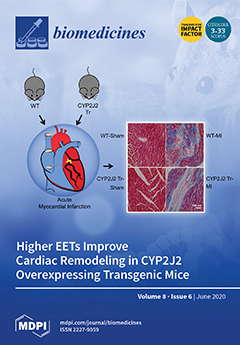Background: Dental caries is considered to be a preventable disease, and various antimicrobial agents have been developed for the prevention of dental disease. However, many bacteria show resistance to existing agents. Methods/Principal Findings: In this study, four known 1,4-naphthoquinones and newly synthesized 10 pyrimidinone-fused 1,4-naphthoquinones, i.e. KHQ 701, 702, 711, 712, 713, 714, 715, 716, 717 and 718, were evaluated for antimicrobial activity against
Enterococcus faecalis, Enterococcus faecium, Staphylococcus aureus, Staphylococcus epidermidis, Streptococcus mutans, Streptococcus sobrinus, Porphyromonas gingivalis, Actinomyces viscosus and
Fusobacterium nucleatum. Pyrimidinone-fused 1,4-naphthoquinones were synthesized in good yields through a series of chemical reactions from a commercially available 1,4-dihydroxynaphthoic acid. MIC values of KHQ 711, 712, 713, 714, 715, 716, 717 and 718 were 6.25–50 μg/mL against
E. faecalis (CCARM 5511)
, 6.25–25 μg/mL against
E. faecium (KACC11954) and
S. aureus (CCARM 3506), 1.56–25 μg/mL against
S. epidermidis (KACC 13234), 3.125–100 μg/mL against
S. mutans (KACC16833), 1.56–100 μg/mL against
S. sobrinus (KCTC5809) and
P. gingivalis (KCTC 5352), 3.125–50 μg/mL against
A. viscosus (KCTC 9146) and 3.125–12.5 μg/mL against
F. nucleatum (KCTC 2640) with a broth microdilution assay. A disk diffusion assay with KHQ derivatives also exhibited strong susceptibility with inhibition zones of 0.96 to 1.2 cm in size against
P. gingivalis. Among the 10 compounds evaluated, KHQ 711, 712, 713, 715, 716 and 717 demonstrated strong antimicrobial activities against the 9 types of pathogenic oral bacteria. A pyrimidin-4-one moiety comprising a phenyl group at the C2 position and a benzyl group at the N3 position appears to be essential for physiological activity. Conclusion/Significance: Pyrimidinone-fused 1,4-naphthoquinones synthesized from simple starting compounds and four known 1,4-naphthoquinones were synthesized and showed strong antibacterial activity to the 9 common oral bacteria. These results suggest that these derivatives should be prospective for the treatment of dental diseases caused by oral bacteria, including drug-resistant strains.
Full article






